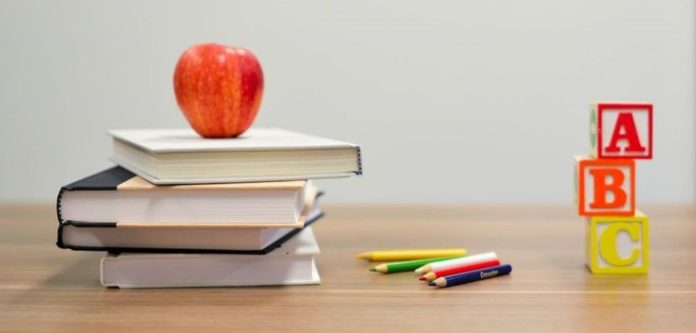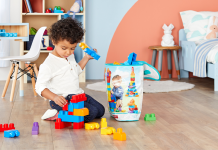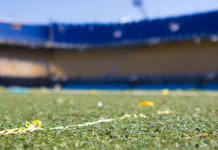Getting your children everything they need to go back to school can stretch budgets that may already be under pressure after Christmas and the summer holidays.
Marlies Kappers, head of marketing at financial services provider DirectAxis, and a mother of school-going children, teamed up with some colleagues, who are also parents, to come up with some back-to-school hacks to help you save money.
Here are their top five hard-earned tips:
1. Do your homework: Most schools provide a list of the stationery and other supplies your child will need for the year. It’s better to rely on this than to depend on your child, who may be tempted to include items that they want but aren’t really necessary.
If the school doesn’t provide a list, ask a teacher – they’re usually back a few days before school starts. You could also ask a parent with older children. It’s also worth asking what is needed when school starts and what can be bought later. That way you can spread the expenditure.
2. Do a supply sweep: Do an inventory of schoolbags and pencil cases. Although children like to get new pens and pencils, they may have supplies left over from the year before that are still perfectly usable.
If you come up short, chances are that you have pens, notepads, rubbers, rulers, staplers and other assorted stationery lying around the house. Use these before buying new supplies.
Once you’ve collected a pile of unused or re-usable stationery, you might want to consider throwing a back-to-school swap party. Invite some of your child’s friends around and get them to swap any excess stationery with each other, so everyone has a full set.
3. Work out a budget: Once you’ve inventoried stationery, books and uniforms, and ticked off everything that can be used again, work out a budget for what you’ll need to buy. The best way to do this is to research and compare prices online. Ideally get your child to do this with you. It’ll teach him or her the value of their back-to-school supplies and hopefully encourage them to look after these. It’ll also be a valuable lesson in managing money.
With a list of what you need and an estimate of what it should cost you’ll save money when you do the shopping.
4. Shop smart: Many schools have second-hand clothing stores and bookshops. These are a good place to start. Try to get in as early as you can so you get the pick of items that are in the best condition. If you can, focus on buying costly items that aren’t used that often or which your child might soon outgrow, such as blazers.
Don’t wait until the day before school starts to do the rest of the shopping. Rather try to take advantage of post-Christmas sales.
Another handy hint is to buy unbranded stationery. Books, files, pens, backpacks and other items designed for children with glitzy trimmings or cool branding can be more expensive than the run-of-the-mill office supplies.
5. Keep saving: You can keep saving once school starts by continuing to be sensible with money. For example, it’s usually more affordable and healthier to pack a school lunch than to give a child money to spend at a shop or tuck shop. It’s also safer, because children carrying cash are a target for criminals and bullies.






